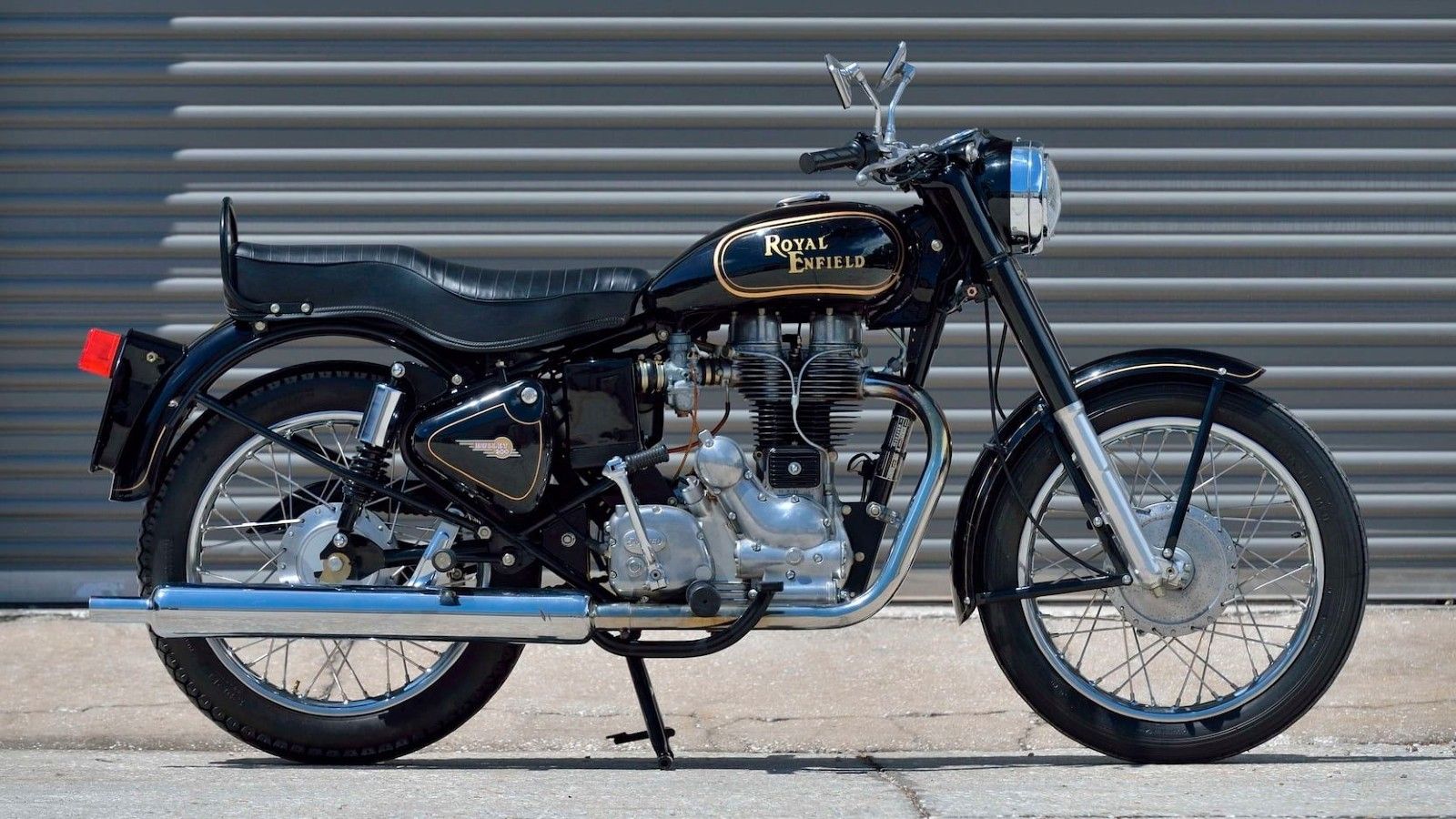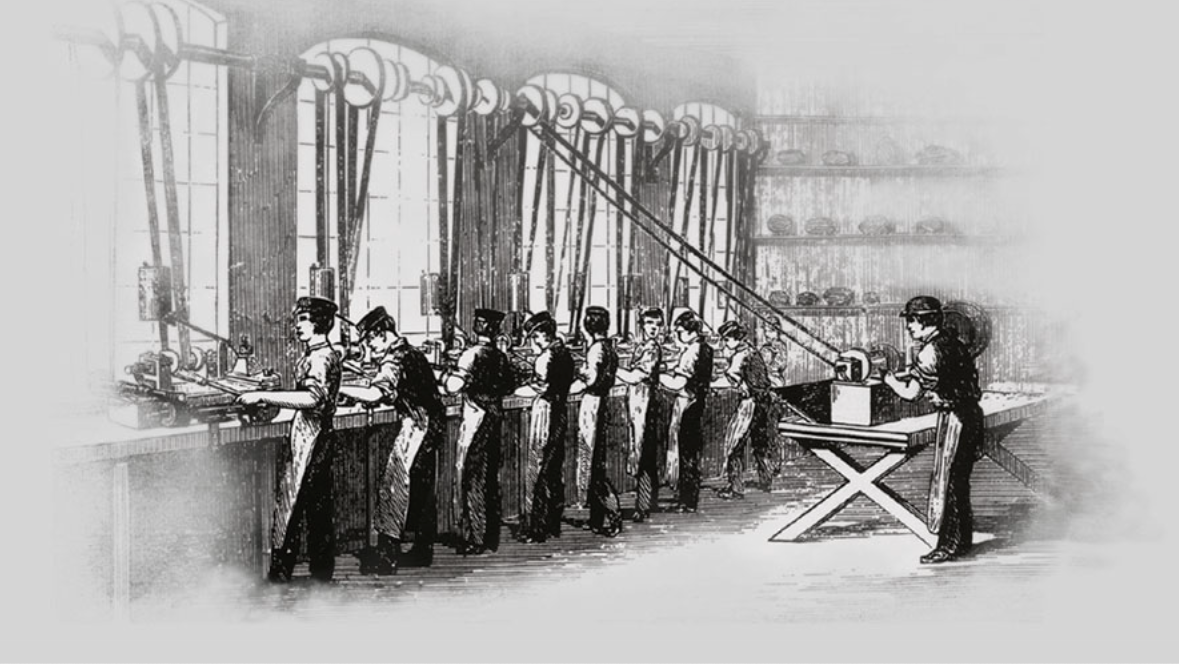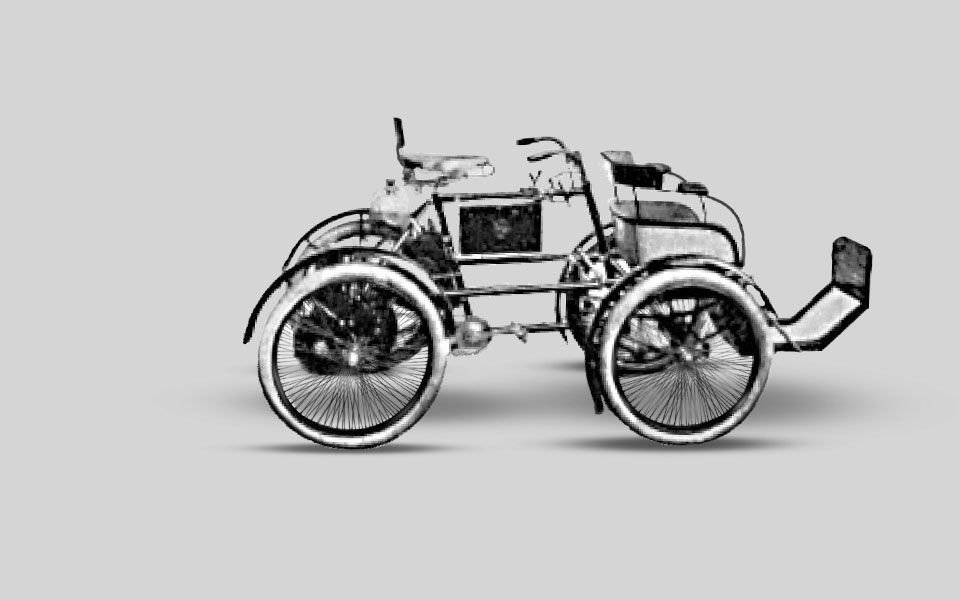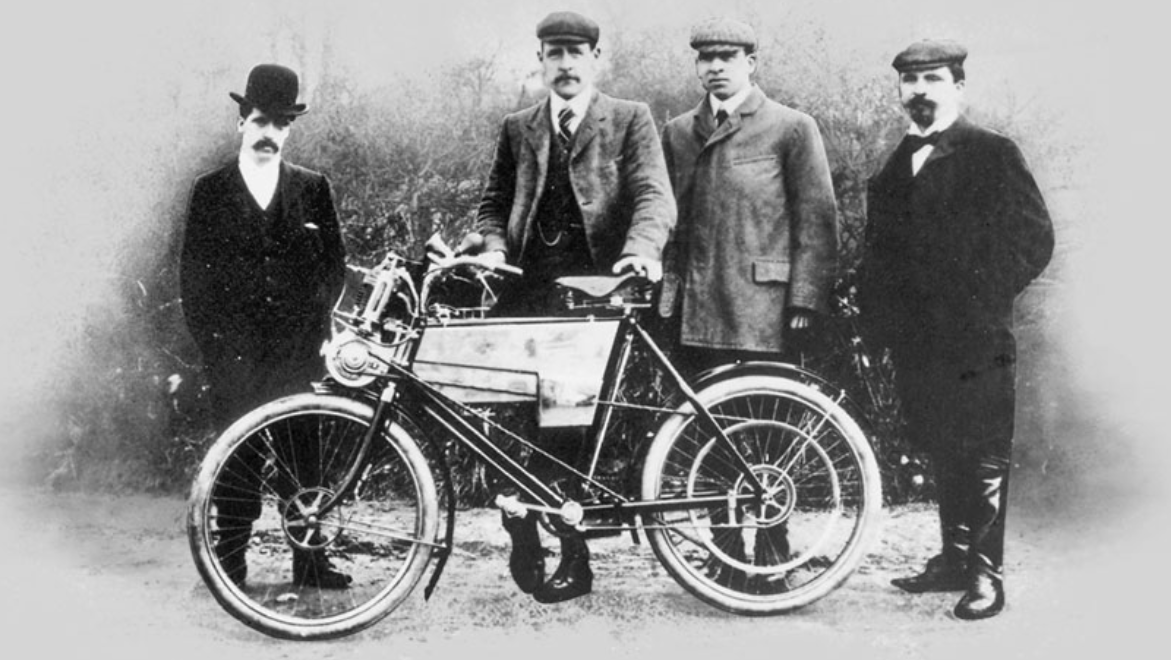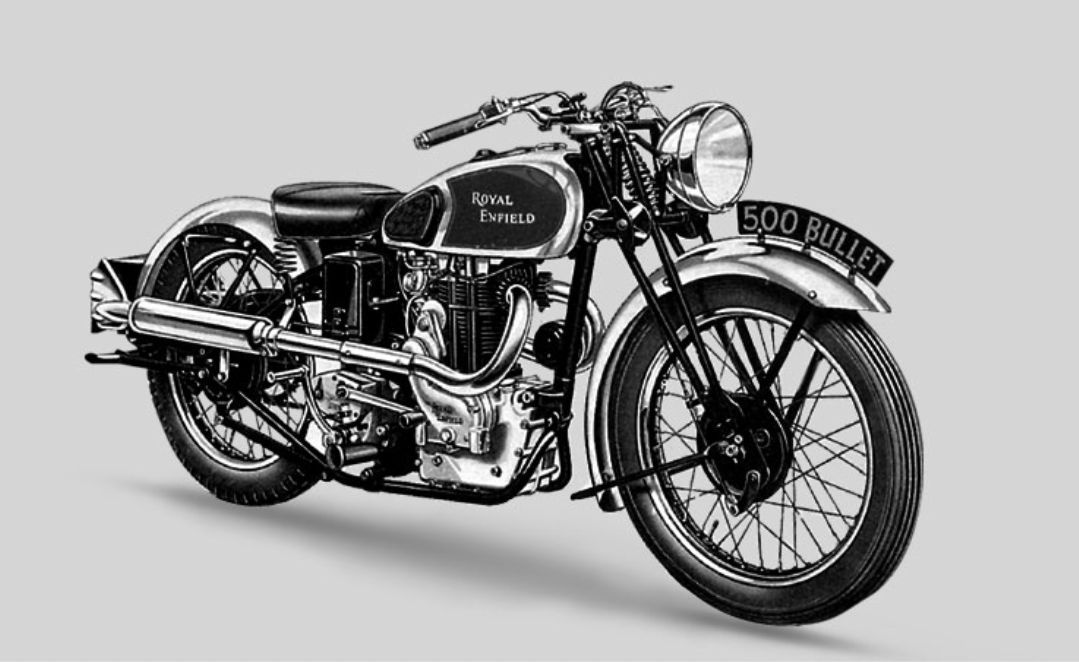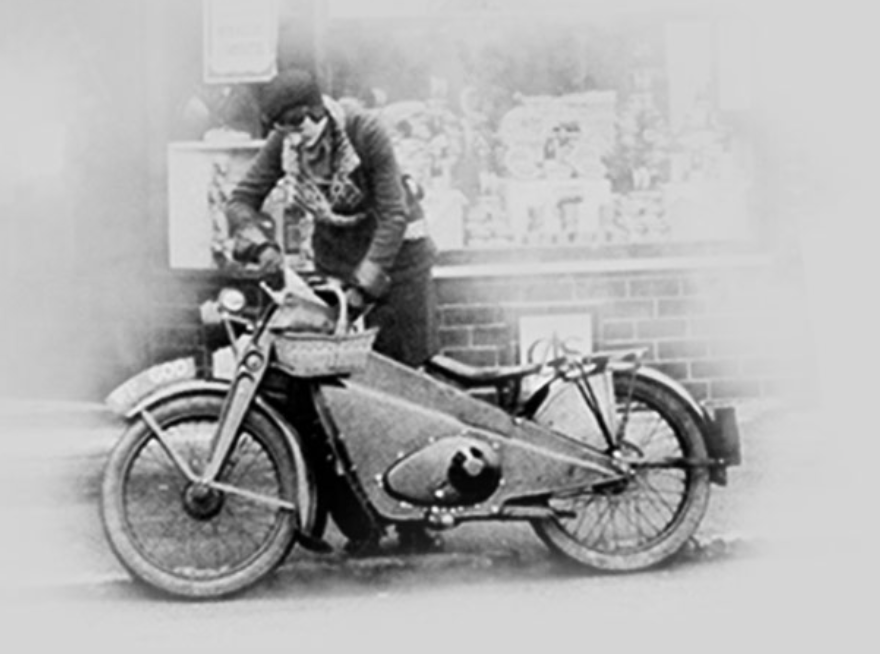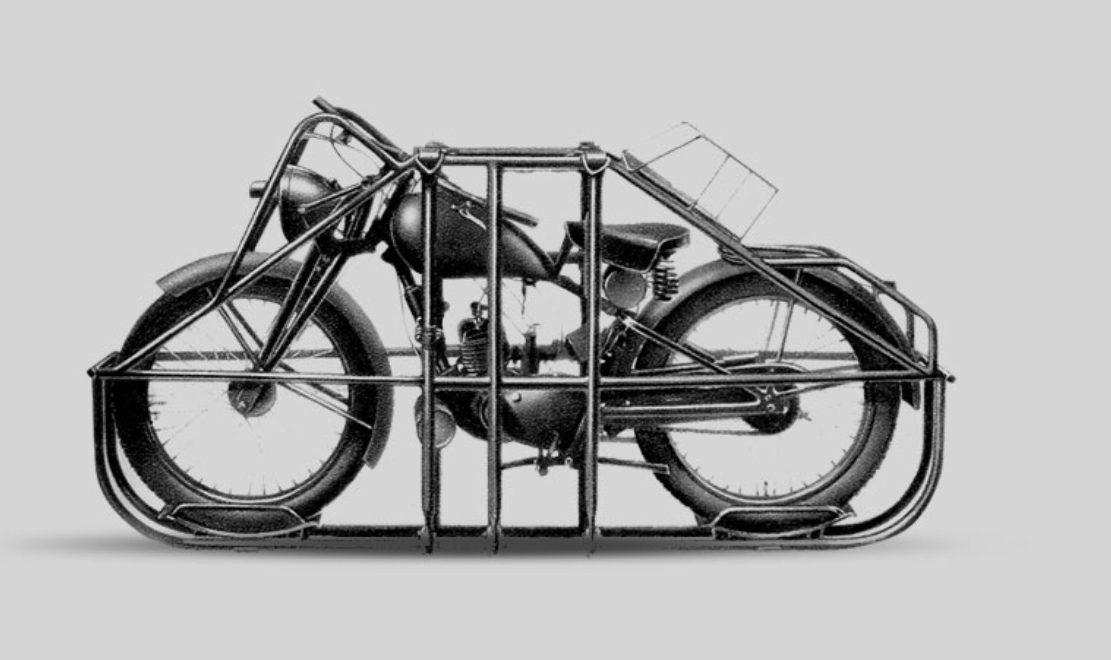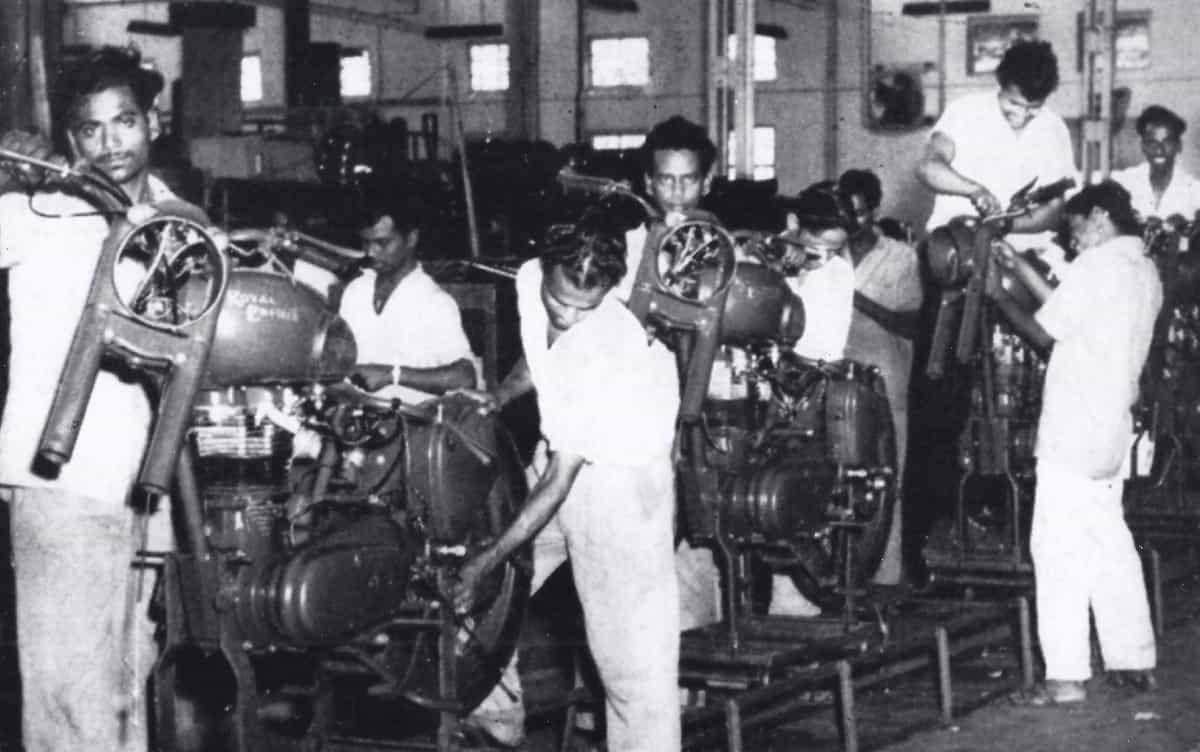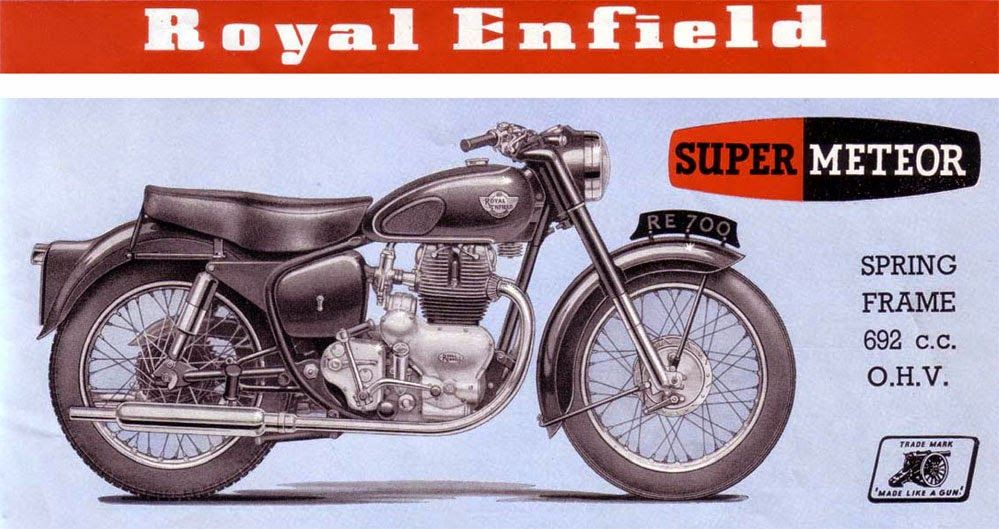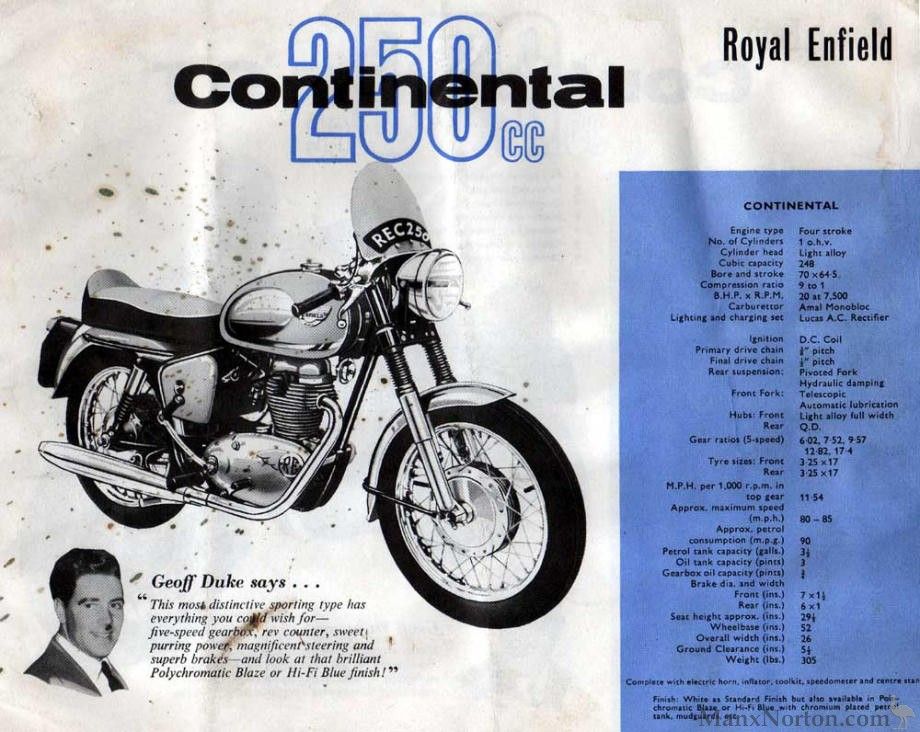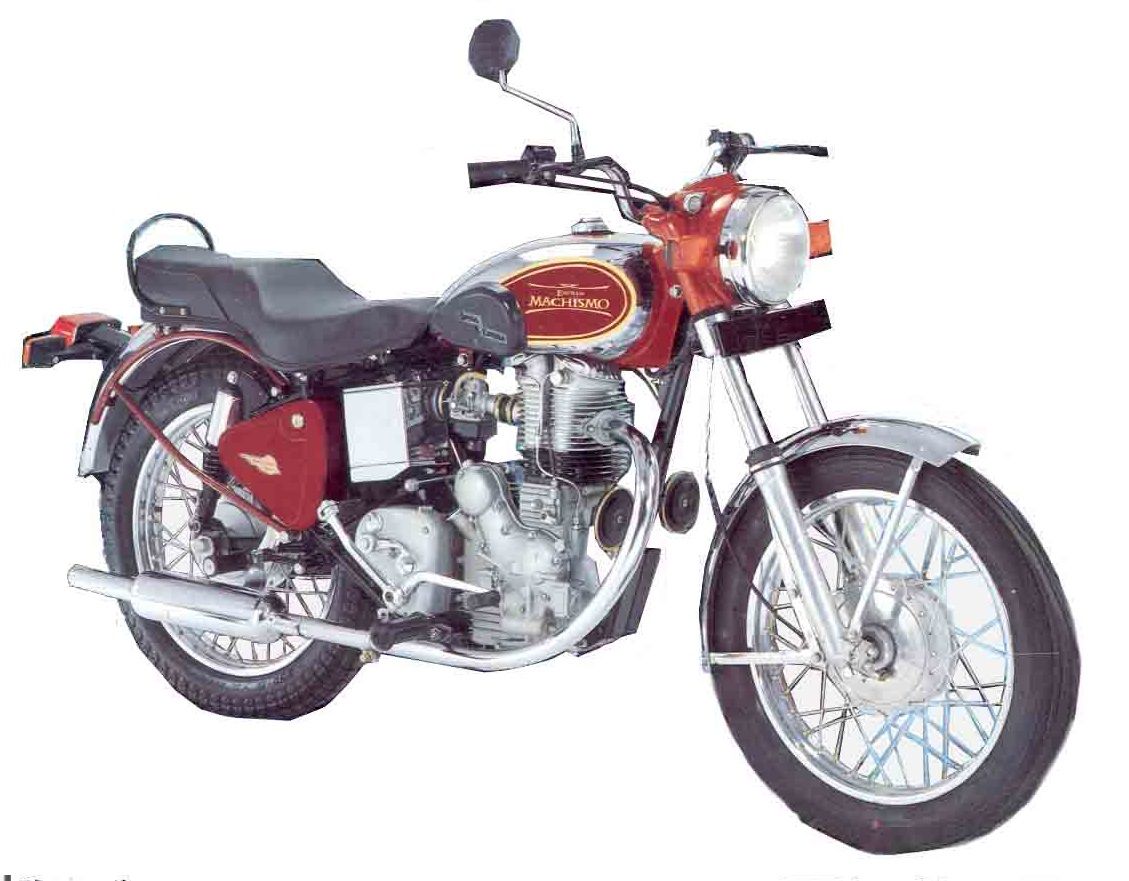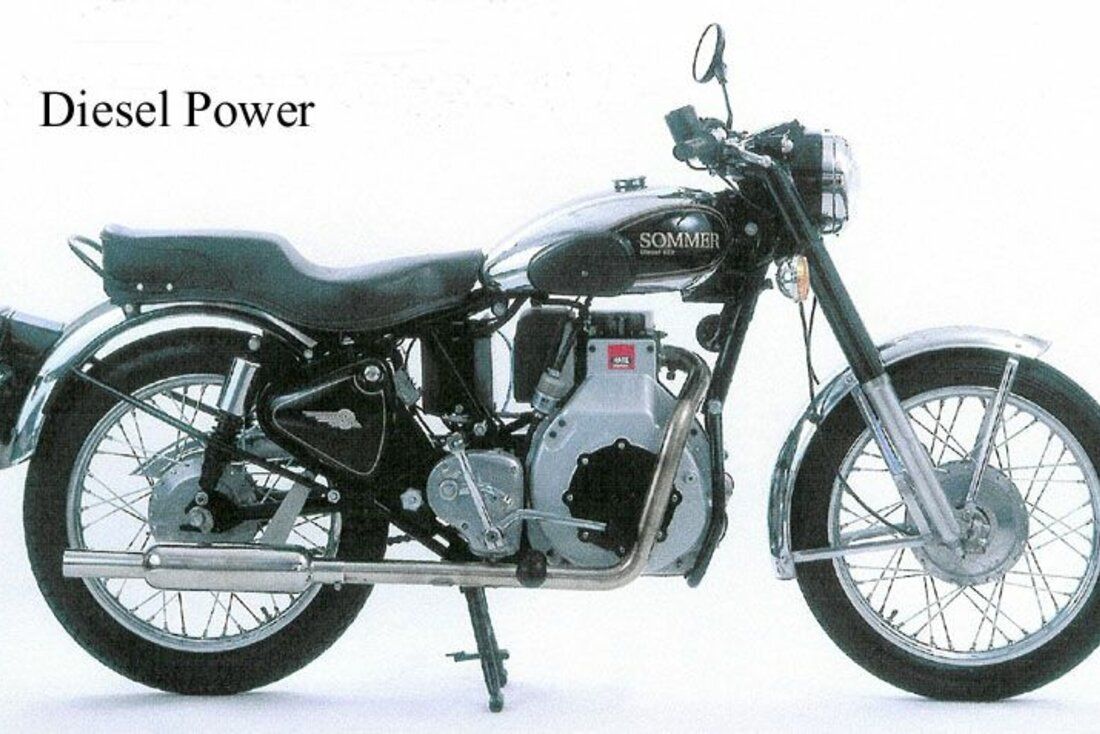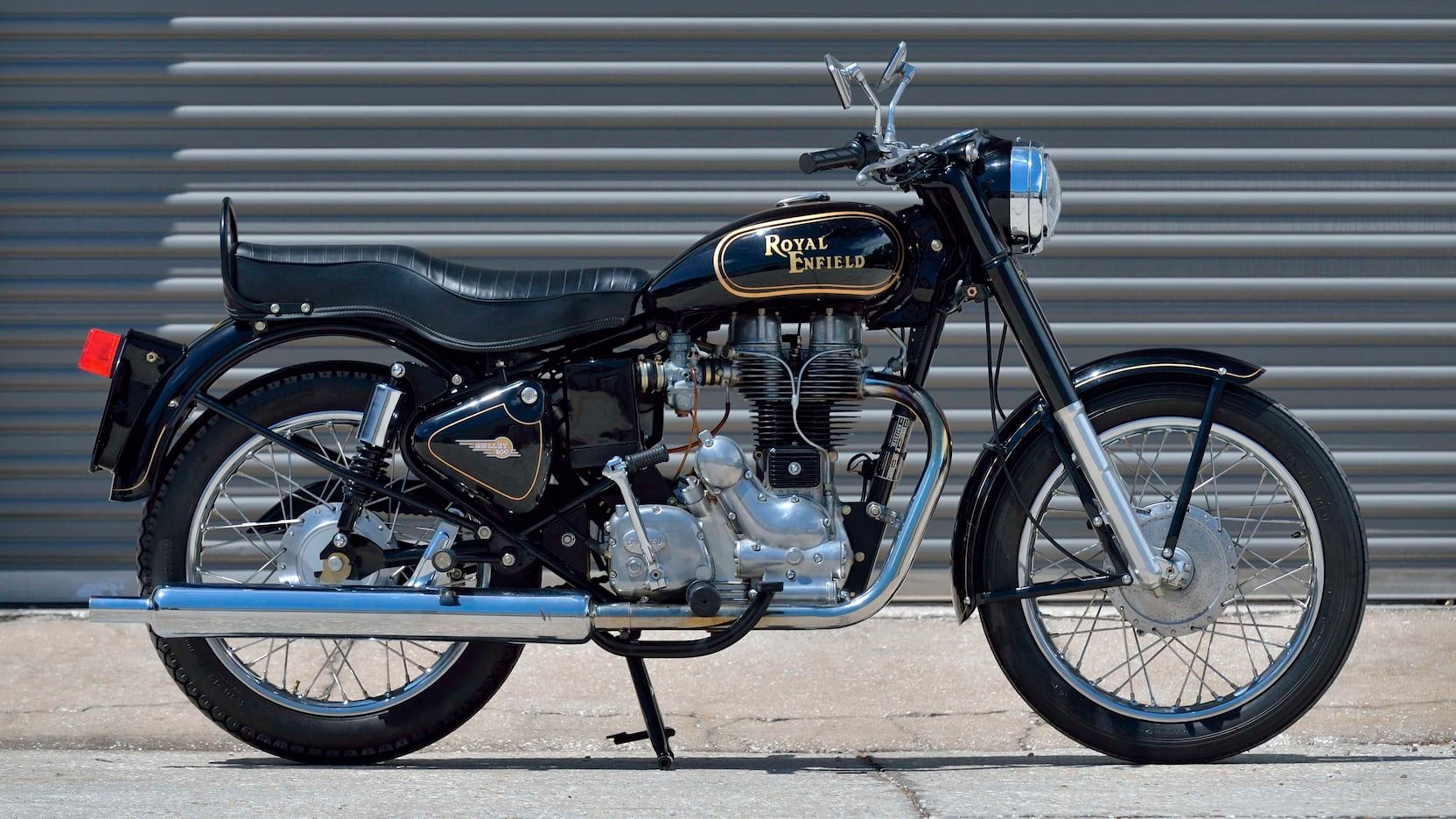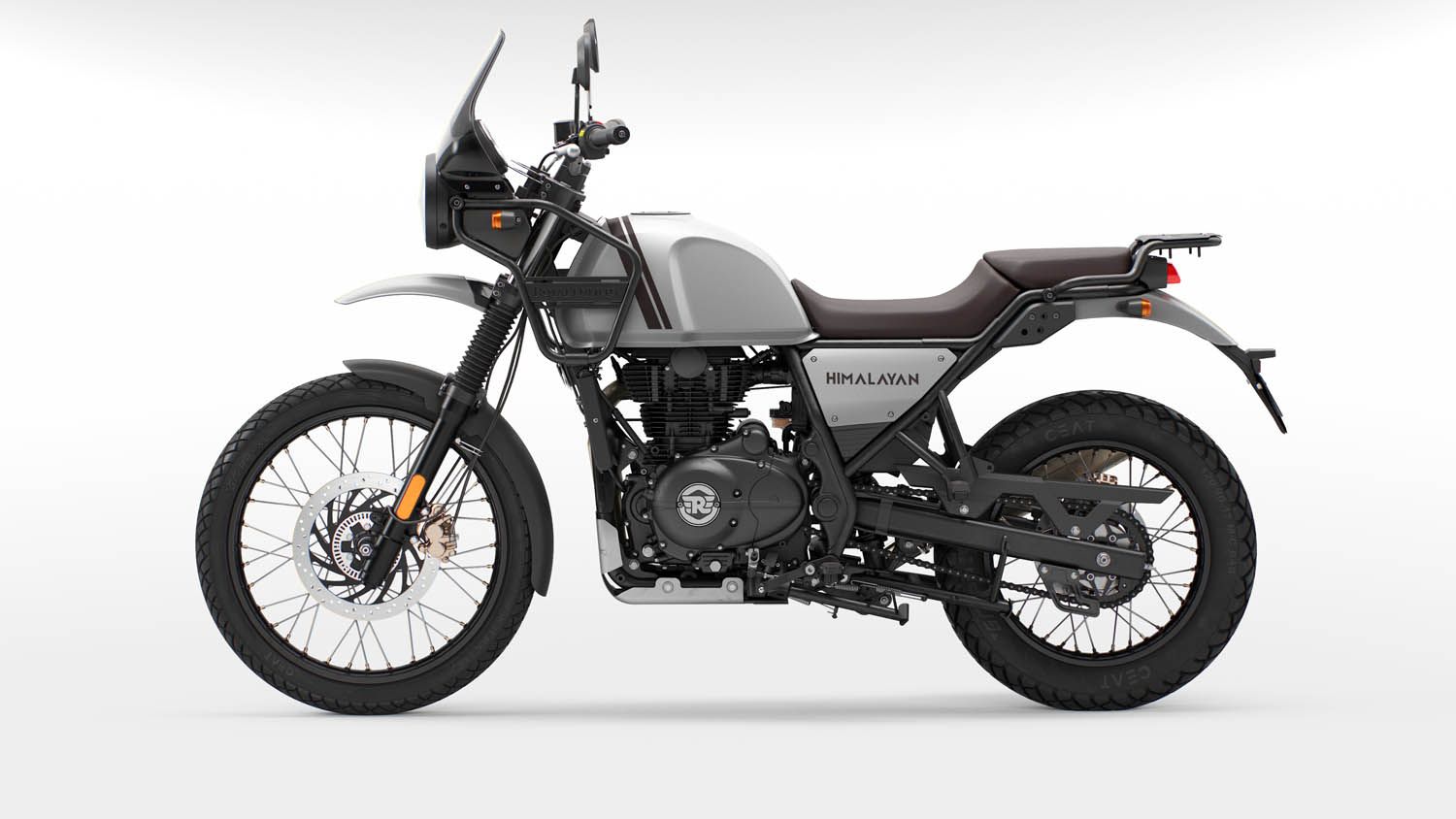Royal Enfield shares a birth year with Indian Motorcycles, but, unlike Indian, the company has been building motorcycles continuously ever since. Up to the 1970s, production took place in both England and India, but, after the UK arm of Royal Enfield ceased to exist, Enfield India continued production of the famous Bullet model in 350cc and 500cc, and it continues to this day, alongside an expanding range of models.
10 1851 - 1900
Like so many of the pioneer motorcycle manufacturers, Royal Enfield’s roots lie in products that have nothing to do with motorcycles. In 1851, George Townsend set up a business manufacturing sewing needles. 30 years later, the company diversified into manufacturing components for bicycles, which was a booming industry in the British Midlands at the time and, a few years after that, complete bicycles were being built. In 1891, two businessmen, Bob Walker Smith and Albert Eadie buy Townsend’s company. In 1893, the company wins a contract to supply precision parts to the Royal Small Arms Company in Enfield, Middlesex.
To celebrate, the pair rename the company the Enfield Manufacturing Company and call their first bicycle, the Enfield. A year later, the name changes again to Royal Enfield and the trademark, ‘Made Like A Gun’ is introduced. In 1898, the first Enfield motorized vehicle emerges, which is basically two bicycle frames joined together and powered by a 1.5 horsepower engine. With four wheels, it’s called the Quadricycle.
9
1901 - 1929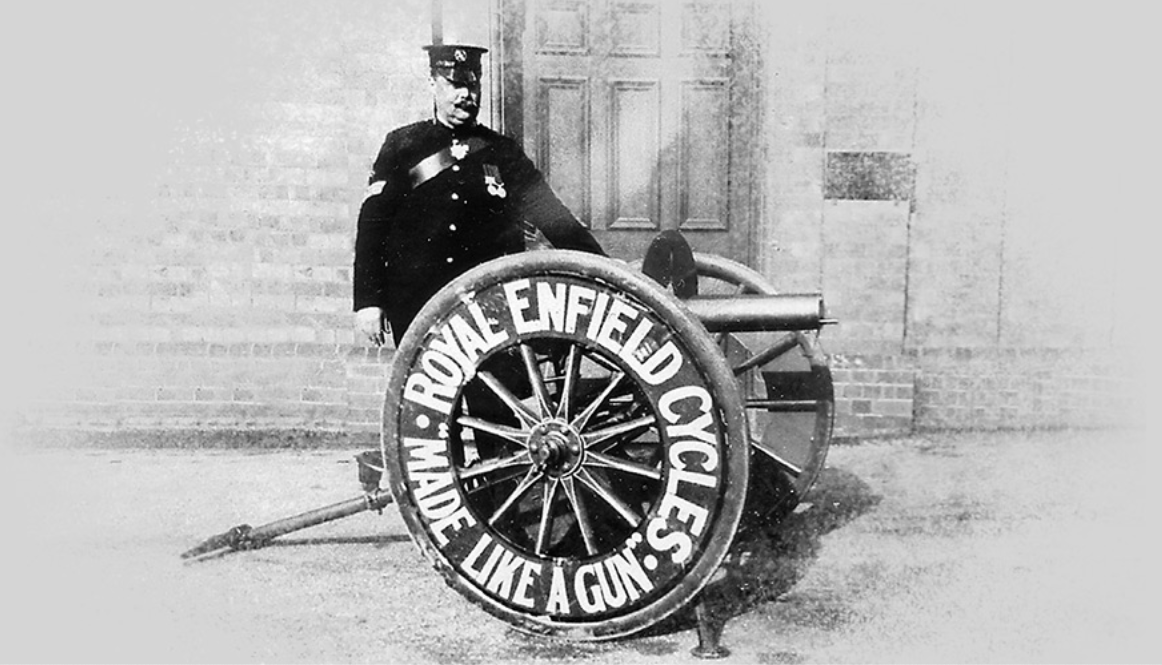
The first Royal Enfield motorcycle appeared in 1901, powered by a 1.5 horsepower engine mounted in front of the steering head and driving the rear wheel via a long leather belt. By 1909, the engine, now a V-Twin, 297cc Motosacoche, has moved to the now-familiar space where the pedal crank of a bicycle is normally fitted.
In 1914, the first two-stroke engine appears, but the outbreak of the First World War puts a halt to development, in favor of a 770cc, six horsepower V-Twin model, which is supplied to many of the allied forces. After the war, the range expands to eight different models, including the first 350cc, overhead valve four-stroke engine with a foot-operated gear change.
8 1930 - 1939
Further expansion of the brand, ranging from a 225cc two-stroke single, to the 976cc V-Twin Model K. More importantly, 1932 sees the introduction of the ‘Bullet’ model, the name being a reference to the company’s heritage. As the Bullet is still in production in India, the model is the oldest motorcycle in continuous production in the world. After the fashion of the day, the cylinder is inclined forward (a ‘Sloper’) and is available in 250, 350, and 500cc displacements.
In 1933, and beating the Honda Super Cub by some 25 years, the Model Z ‘Cycar’ appears, featuring a fully-enclosed engine and leg shields to protect the rider from road and engine dirt.
7 1939 - 1945
The Second World War encouraged all manner of innovations in every form of transport, not to mention accelerating work on reliability. Royal Enfield manufactures all sorts of military products, including the ‘Flying Flea’, a 125cc, two-stroke lightweight motorcycles that, when loaded into a specially fabricated parachute cradle, could be dropped with paratroopers right into the thick of the action.
6 1946 - 1960
Post-war, production returned to civilian motorcycles and innovation continued, including the first swing arm rear suspension fitted to a British motorcycle. But, of more lasting importance was the decision by the Indian government in 1955 to order a fleet of 800 Royal Enfield Bullet 350s to be used to patrol its borders. Given the state of the (often non-existent) roads, a rugged machine was required, and the Bullet fit the bill perfectly. A new company, Madras Motors, was formed to handle the transactions. The RE Bullets were so popular and so many were being imported that it made sense to start manufacturing them in India. Royal Enfield and Madras Motors formed Enfield India to build Bullets from kits shipped over from the UK. By 1957, Enfield India started manufacturing its own components with tooling purchased from Royal Enfield and, by 1962, an Indian Royal Enfield Bullet was 100-percent manufactured in India.
5 1960s
While business with India was booming, the home and U.S. markets couldn’t be ignored. Triumph had shown the way in 1938 with its parallel twin engine, and it was clear that every manufacturer had to follow suit with their own twin-cylinder designs or be badly left behind. Royal Enfield offered several twin-cylinder models, including the Meteor, Super Meteor, Constellation, and Interceptor, with displacements between 500 and 736cc. They couldn’t match the likes of Triumph and BSA for popularity, but they were good, solid machines, if a little unexciting.
Then, in 1965, the Continental GT was launched. Here, for the first time, was a café racer for the road directly from the factory. The café racer scene was booming in the UK but not everyone wanted to be able to do the ‘ton’ (100mph) or could afford to run a 500 or 650cc engine. Having a 250cc single-cylinder, the Continental GT wasn’t the fastest bike out there, but the style more than made up for that, not to mention that it could be ridden on a learner’s license: now you could be a newbie rider and still look cool. The top speed was around 80mph.
4 1970s
By 1967, the writing was on the wall for Royal Enfield (at least in the UK: the Indian arm was flourishing) in the face of not only the Japanese onslaught but also an aging model range that couldn’t match Triumph either at home or in the U.S. Into 1970 and only the Interceptor was being made, but then the factory finally closed its doors and this once famous name disappeared from view. However, by 1977, with huge irony, Indian-manufactured 350cc Bullets were being exported back to the UK, where they receive a warm welcome from classic motorcycle enthusiasts.
3 1990s
It may have come a couple of decades later than the rest of the motorcycling world but, by the early 1990s, the Japanese invasion had reached India, forcing many local Indian manufacturers out of business, while others hitched a ride with one or another of the Japanese companies, with the brand names often disappearing as they were swallowed up. Enfield India was not spared the struggle, but salvation came from within India as the huge Eicher Motor Group, whose founder Vikram Lal owned a Bullet, bought Enfield India. His son, Siddartha Lal, was tasked with rebuilding the company, bringing it slowly up to date while remaining true to its heritage and legacy. Resources were poured into Royal Enfield, as it was once again known, to improve production facilities and develop new models. The iconic Bullet, with brand new 350 and 500cc engines, was still the mainstay of production and sales, but Lal knew that, in order to build a market outside of India, new models would be required. One of these was the Enfield Diesel, which used a 325cc diesel engine that gave incredible fuel economy, but was woefully slow.
2 2000s
Under Lal’s watchful and sympathetic leadership, production rose along with quality to the point where, in 2007, 50,000 bikes were being built every year. New models are introduced, but these are mere styling jobs on the 350 or 500 Bullet platforms. Lal’s dream of a range of modern motorcycle designs will have to wait a few more years.
1 The 2010s and Into The Future
Royal Enfield’s growth continued apace to the point where, in 2017, 800,000 motorcycles were sold. Even though the Indian market absorbed a large proportion of that production, the popularity of RE around the world was undergoing a huge boost as the ‘modern classic’ scene boomed: after all, an Enfield Bullet is the original ‘Modern Classic’! Lal and the RE management realized that to continue this growth, investment would be needed into new production facilities, bringing the total of factories to three, each capable of building 25,000 a month!
In a nice full-circle story, a brand new technical Centre was built in the UK, housing British, European, and Indian engineers and product development staff. New models included a resurrection of the twin-cylinder Interceptor and a new twin-cylinder Continental GT. RE wasn’t blind to motorcycling trends, either, bringing out their own interpretation of an adventure bike in the Himalayan dual-purpose bike, powered by a 411cc single-cylinder engine. Into the third decade of the 21st century, Royal Enfield is healthier than ever before and few would bet against the company reaching its 200th birthday in 2101!
FAQ
Q: Is Royal Enfield Indian or British?
Royal Enfield is an Indian-owned company that produces motorcycles that were designed in Britain in the 1930s
Q: Which bike is best in Royal Enfield?
The most popular motorcycle that Royal Enfield produces is the Bullet 500.
Q: Is Royal Enfield owned by Indian Motorcycles?
No, Royal Enfield is owned by Indian company Eicher Motor Group

